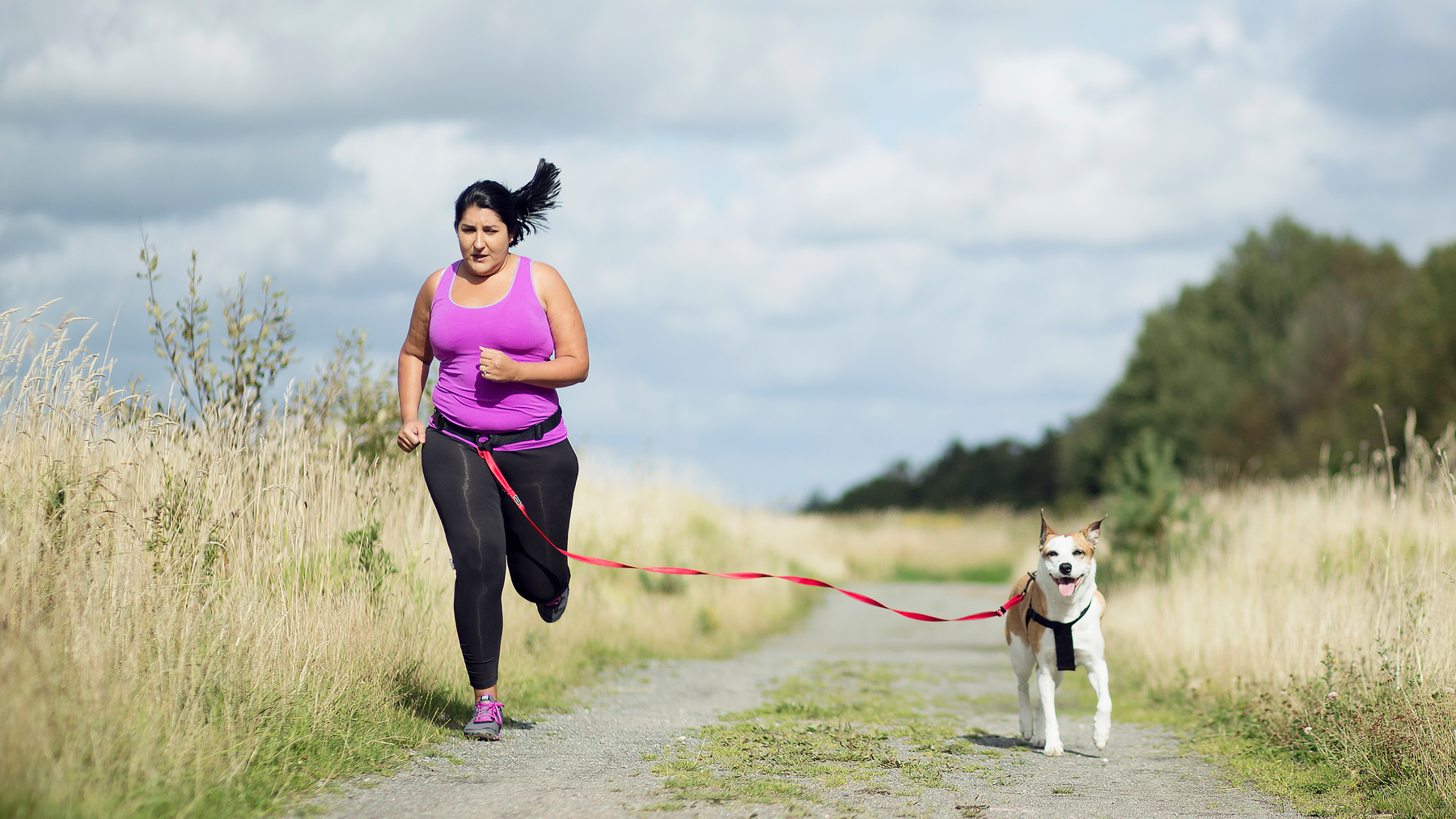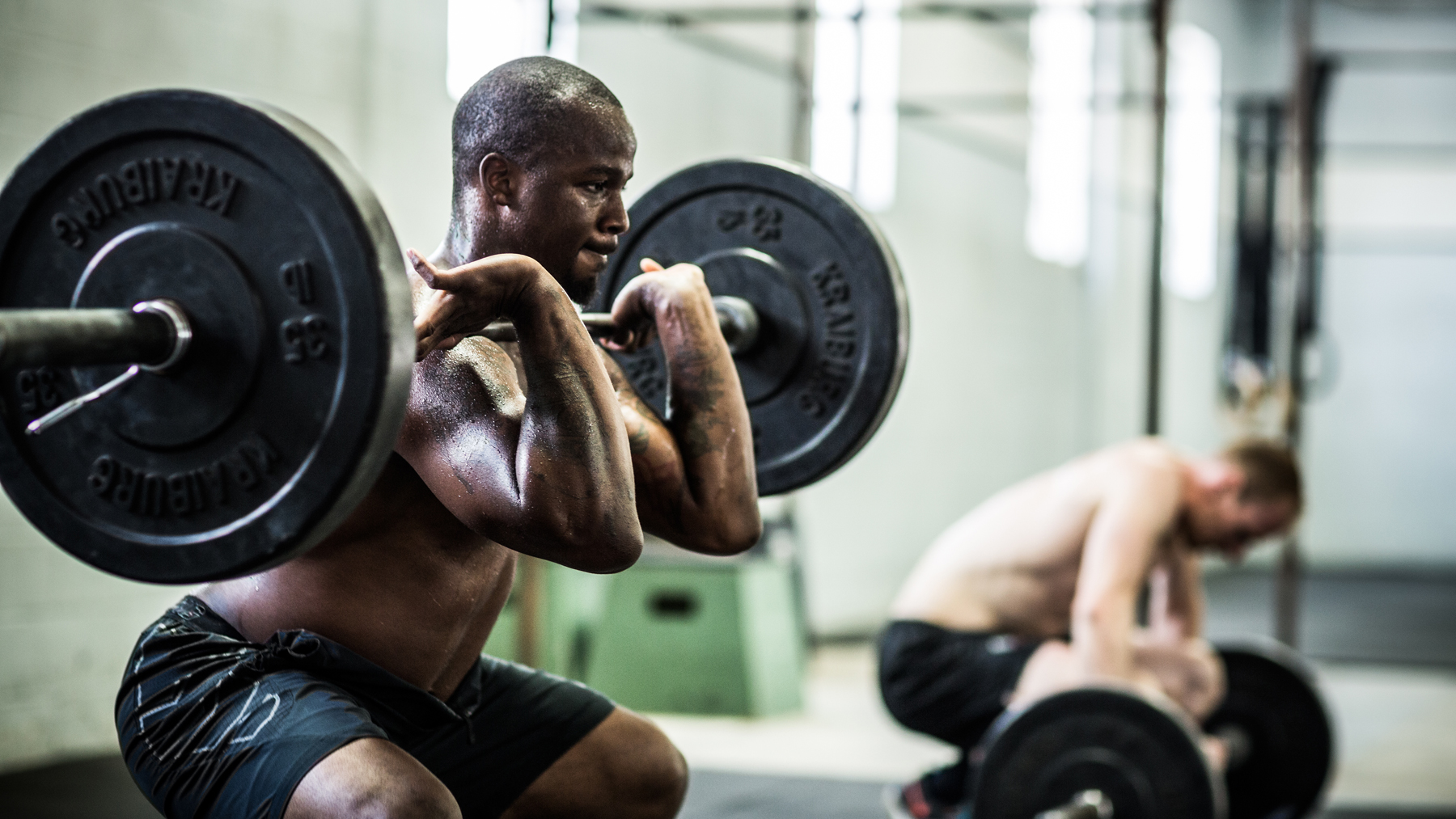Science reveal why regular exercise makes staying fit easier – Here's how to get started
Recent research has discovered why exercise becomes harder the less you do


There aren't many physical activities you can jump into and absolutely excel in after having a long break from exercise. Your body probably won't react how you want it to, and recent scientific research has explained why exercise feels harder when you do it less — and why it's so important for our health to remain as active as possible.
We all have periods where we hang up our pair of best running shoes and put off exercise for a bit. While it's good to prioritize rest and recuperation for our muscles, it's not a great idea to put off working out for too long. Momentum is key.
A group of scientists from the University of Leeds had a study published in the Journal of Clinical Investigation looking into the relationship between frequency of exercise and physical performance. From their findings, they were able to explain what seems to happen in the body that makes exercising harder when we aren't engaging in it regularly.
The results uncovered completing less exercise may deactivate an important protein in the body called Piezo1. This protein is a blood flow sensor that lowers the density of capillaries (thin blood vessels connecting the arteries and the veins) transporting blood to our muscles. When blood flow is restricted, exercise becomes more challenging and can lead to a significant drop in how much exercise our bodies can manage, leading to further inactivity.
The testing was completed on mice but the Piezo1 protein is also found in humans, so it's believed the same results would apply to humans too.

The lead author of the study Fiona Bartoli, a Postdoctoral Researcher in the University of Leeds' School of Medicine, stated that keeping this vital protein (Piezo1) active by regularly working out could be imperative for our physical performance, as well as our mental and physical wellbeing. Especially since exercise can have such a crux over our health and lifespan.
Bartoli said, "Exercise protects against cardiovascular disease, diabetes, depression and cancer. Unfortunately, many people fail to exercise enough, for reasons such as injury and computer usage. This puts people at more risk of disease. The less people exercise, the less fit they become, often leading to a downward spiral."
Start your week with achievable workout ideas, health tips and wellbeing advice in your inbox.
The positive news is that it's never too late to begin exercising more or to start a completely new regime that will be both enjoyable and sustainable. Working out will look different for everyone, but there are activities to match different needs.
For example, older exercisers may choose a low-intensity, low-impact exercise like walking or an exercise bike, while others may choose something involving more high-impact movement such as this HIIT workout for fat loss. This is a time-efficient style of workout that will take a maximum of 45 minutes to complete.
If you have weaker joints or just dislike jumping-based, faster-paced workouts, you can always take up walking. This activity is low-impact and gets you outside in nature. Having a step goal to work toward is a good way to turn this form of exercise into a regular habit - this can easily be recorded via one of the best fitness watches. Plus, you can always consider adding one of the best treadmills into your home if you prefer indoor exercise.
Jessica is an experienced fitness writer with a passion for running. Her career in journalism began in local news and she holds a Masters in journalism. Jessica has previously written for Runners World, penning news and features on fitness, sportswear and nutrition.
When she isn't writing up news and features for Fit&Well covering topics ranging from muscle building, to yoga, to female health and so on, she will be outdoors somewhere, testing out the latest fitness equipment and accessories to help others find top products for their own fitness journeys. Her testing pairs up nicely with her love for running. She recently branched out to running 10Ks and is trying to improve her time before moving on to larger races. Jessica also enjoys building on her strength in the gym and is a believer in health and wellness beginning in the kitchen. She shares all of this on her running Instagram account @jessrunshere which she uses for accountability and for connecting with like-minded fitness lovers.
